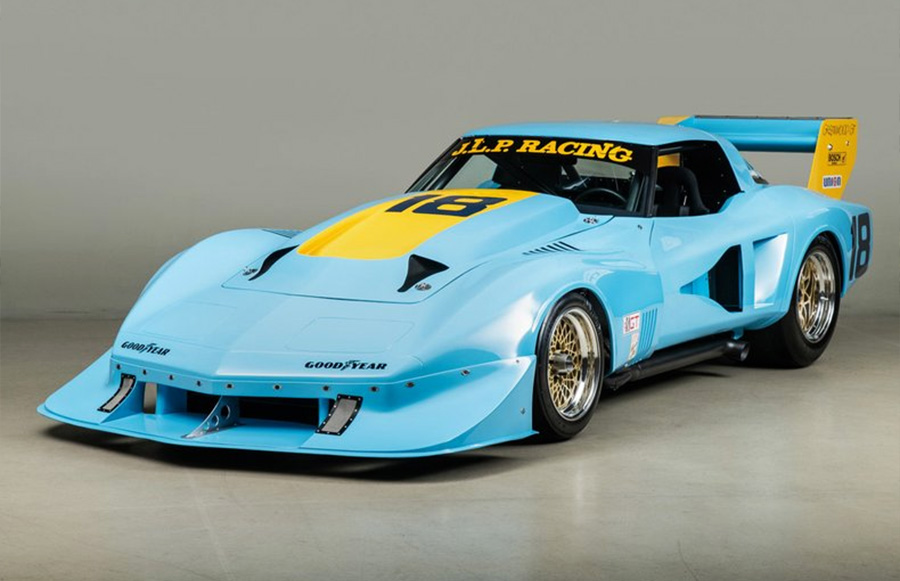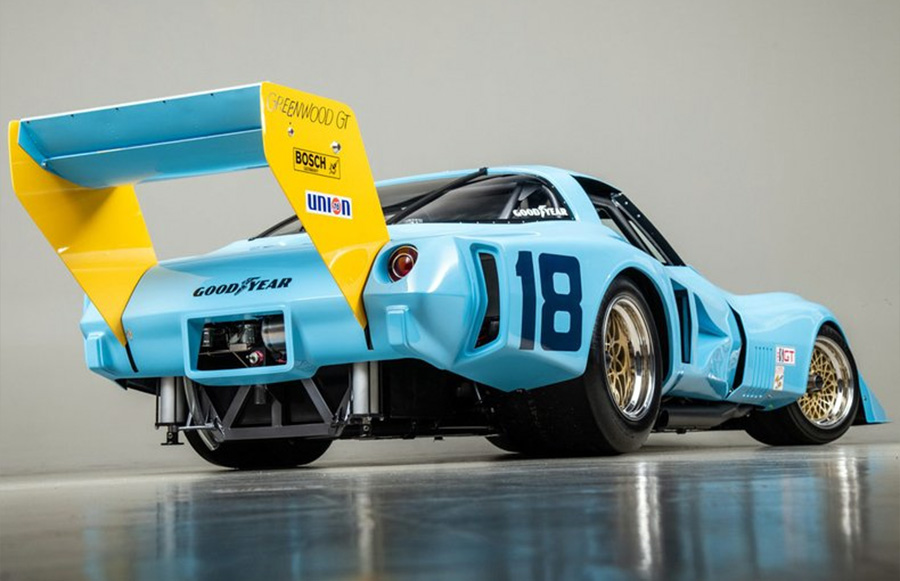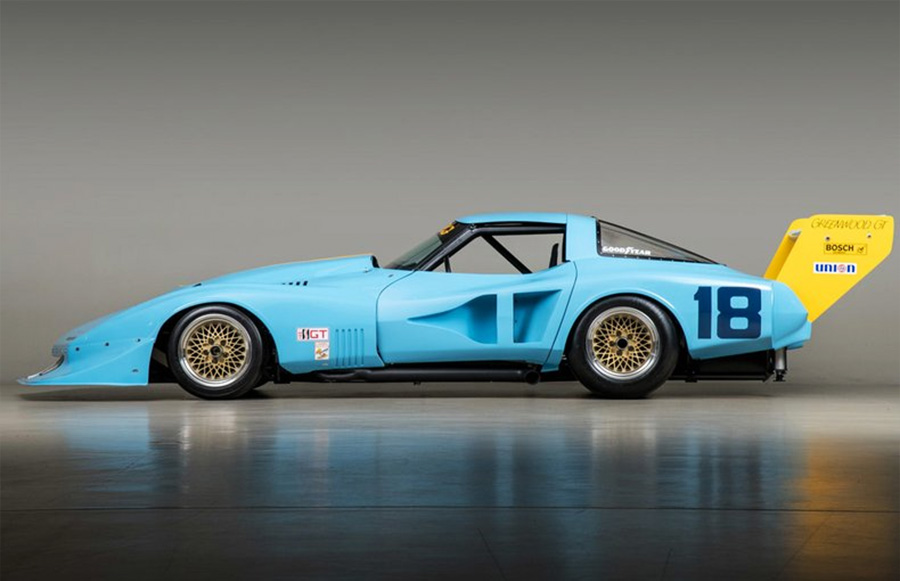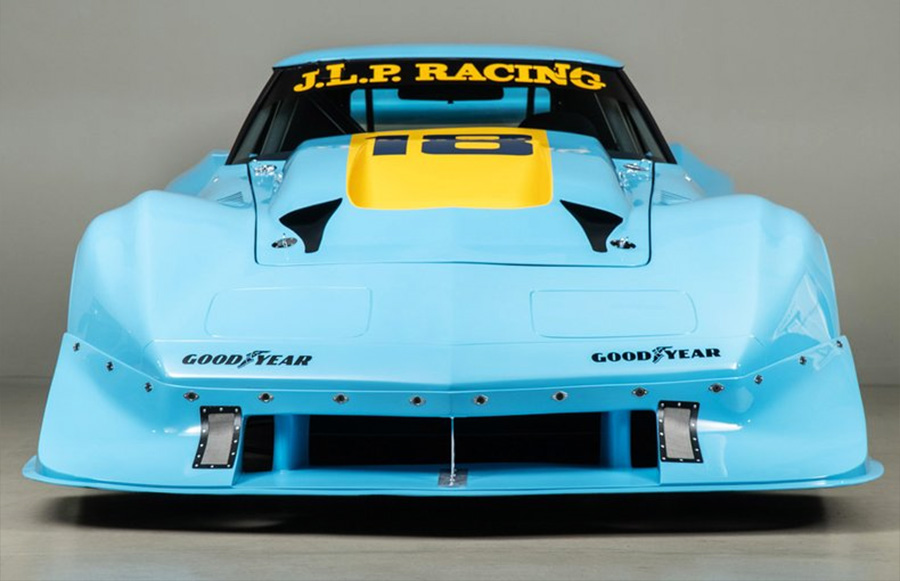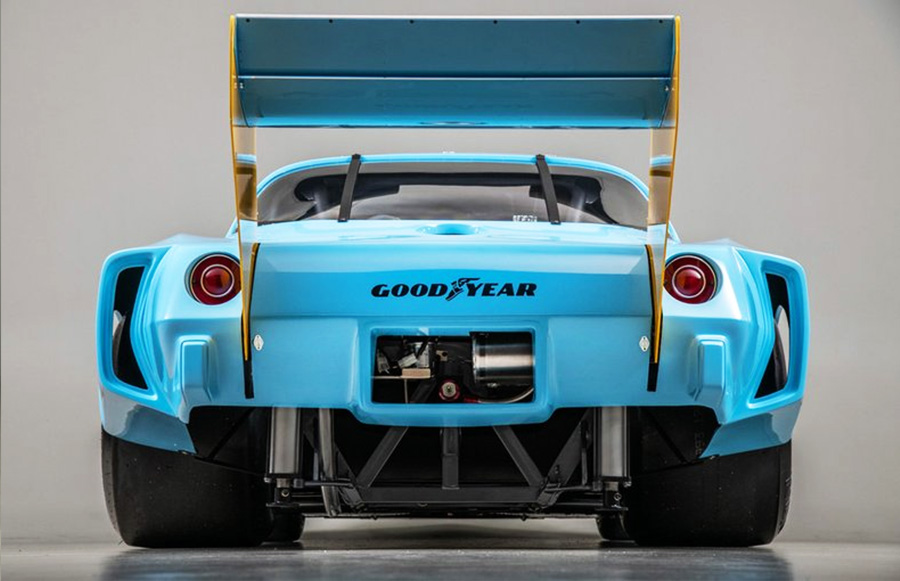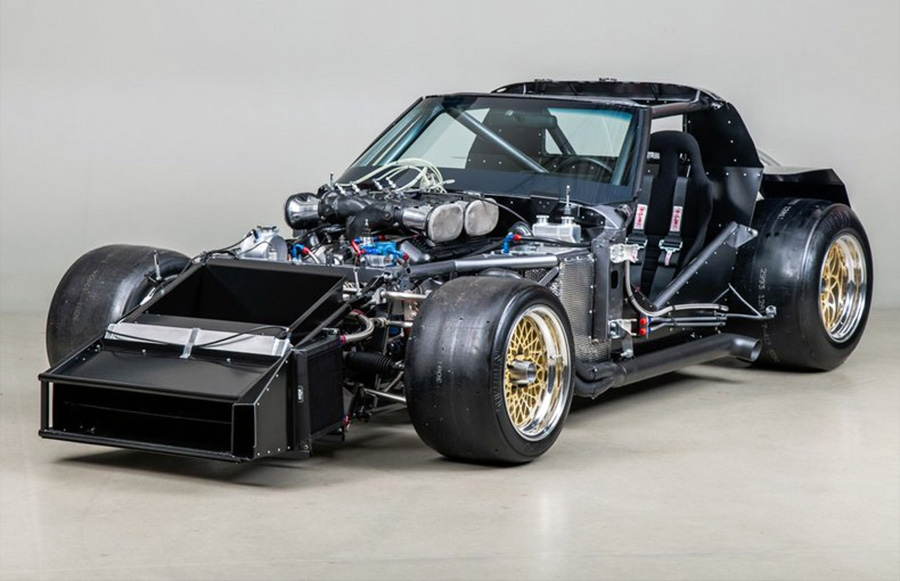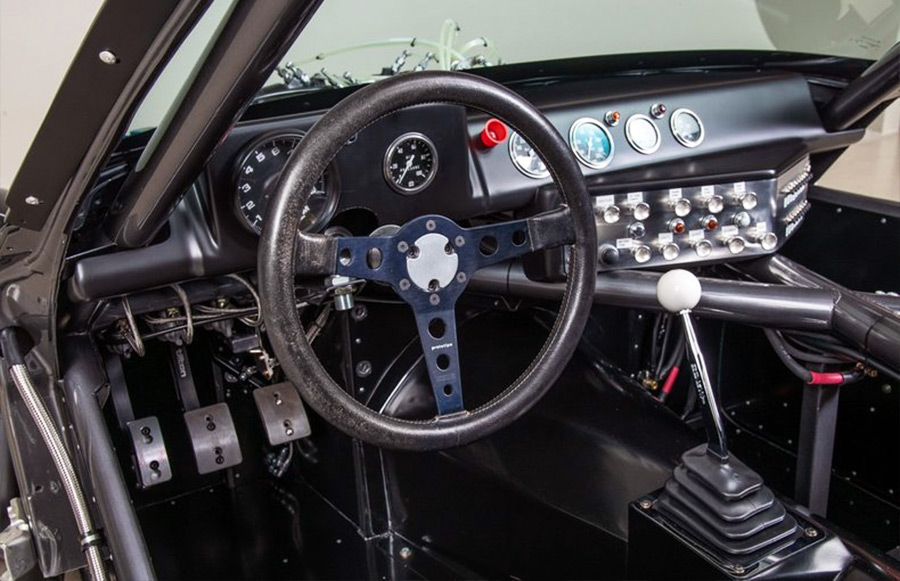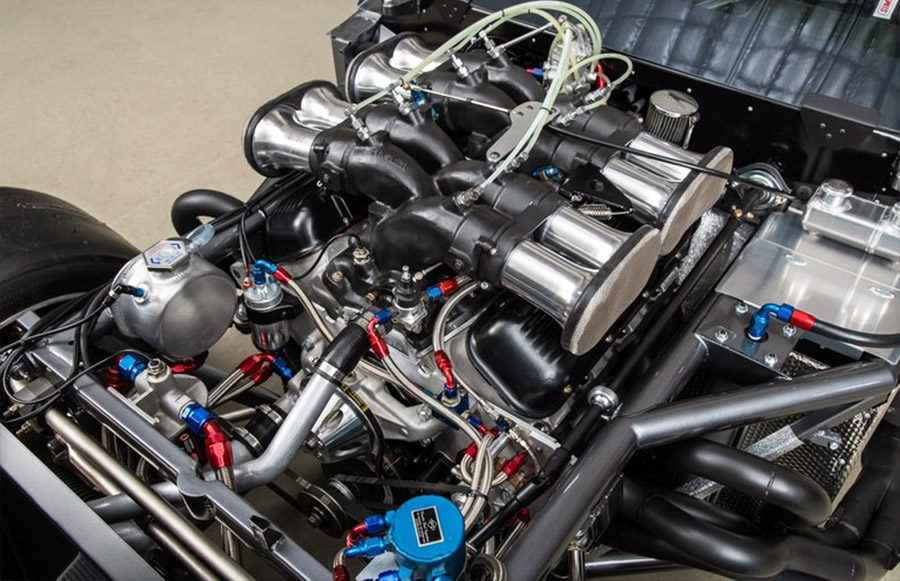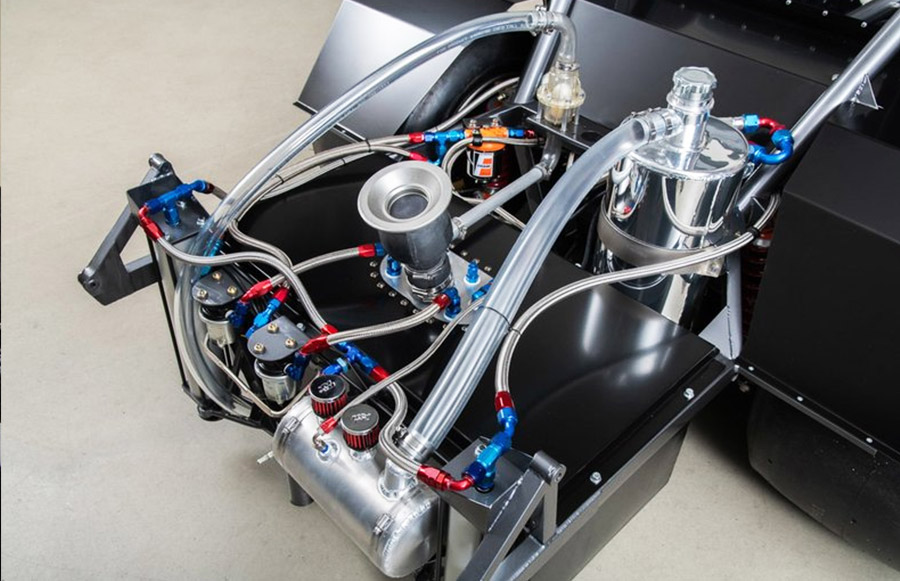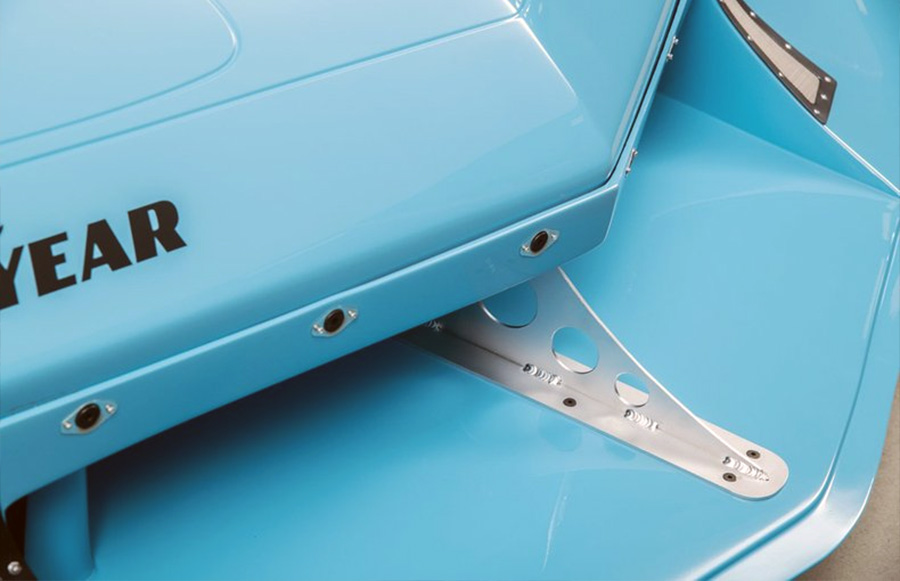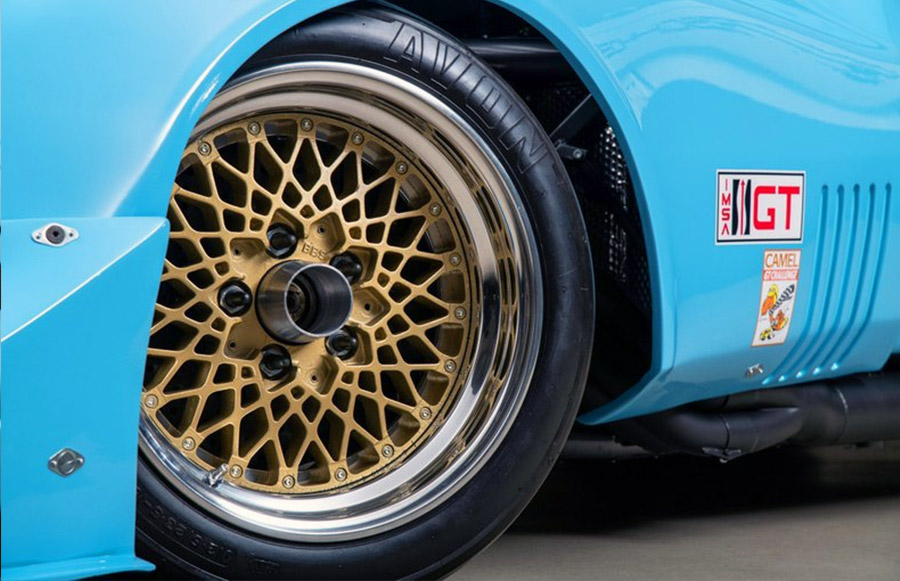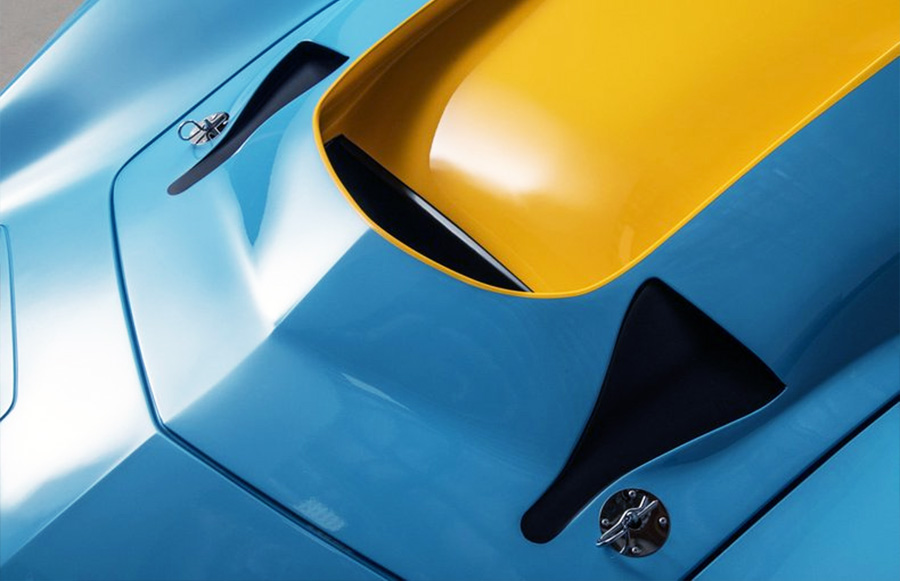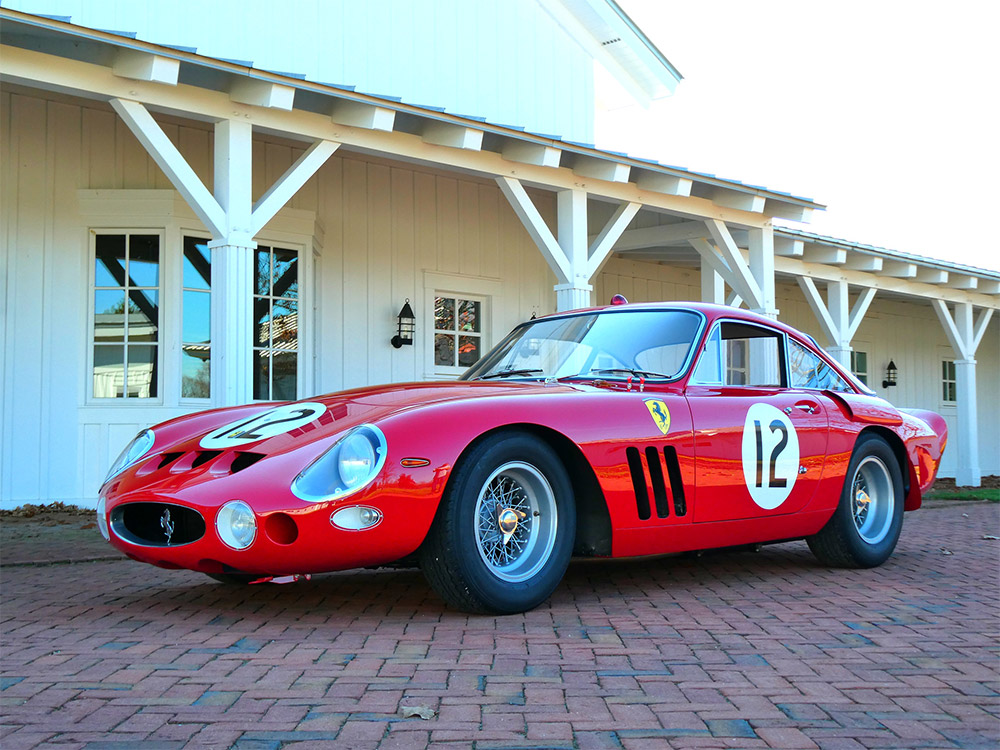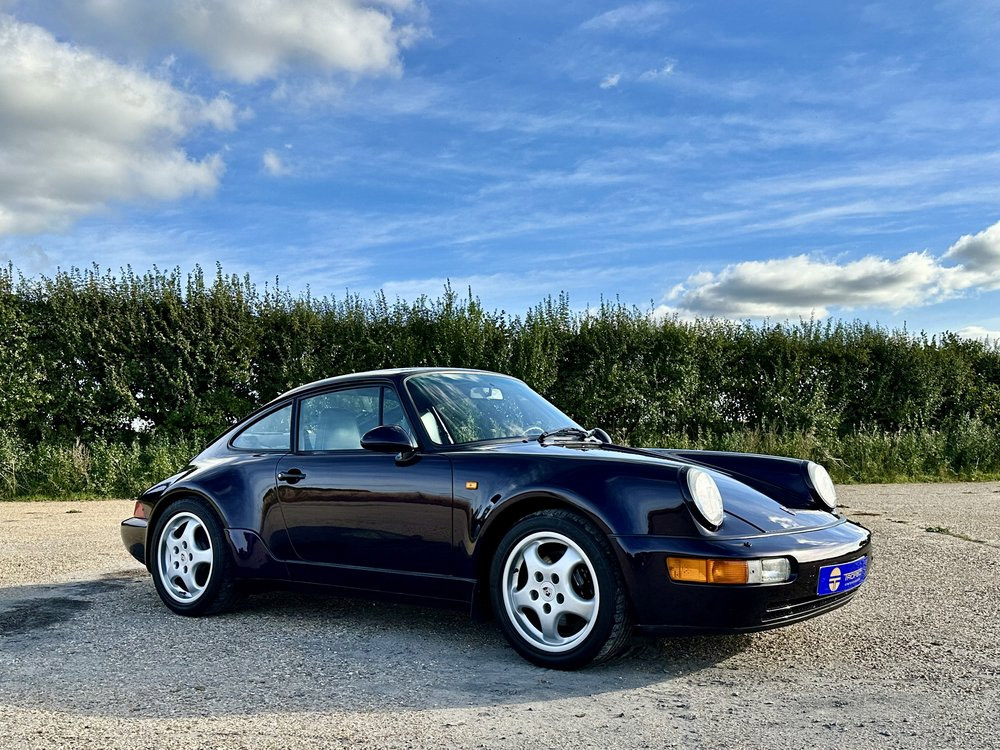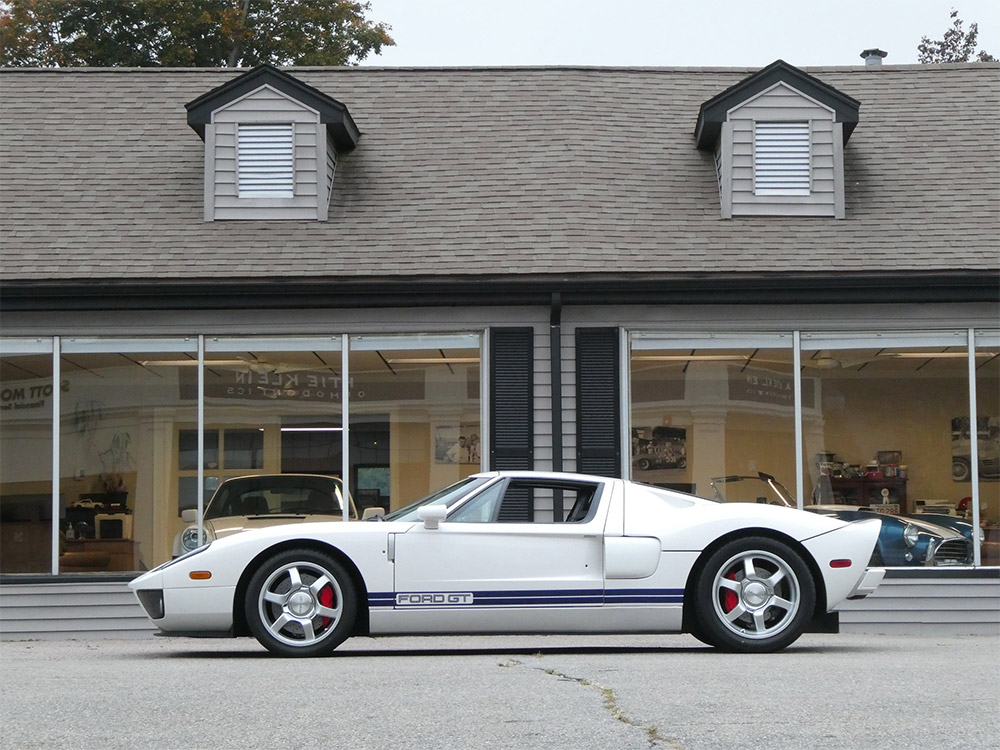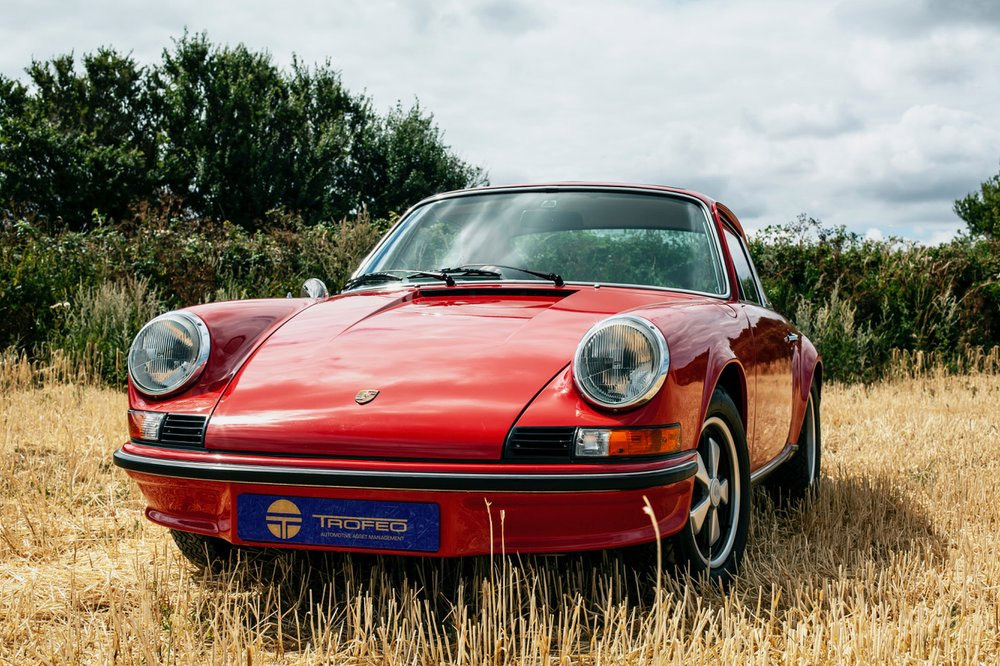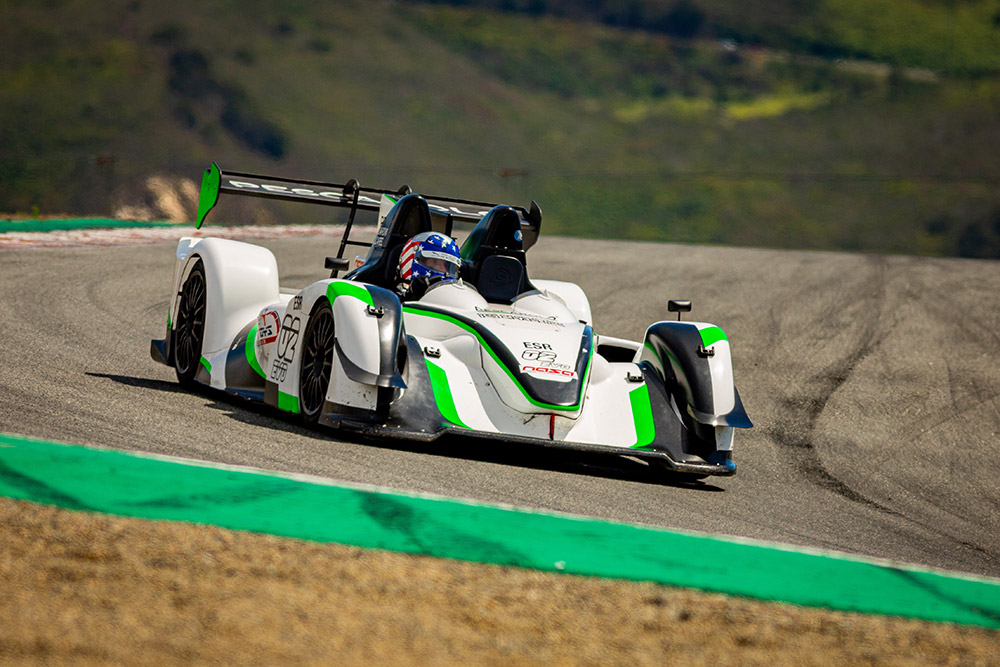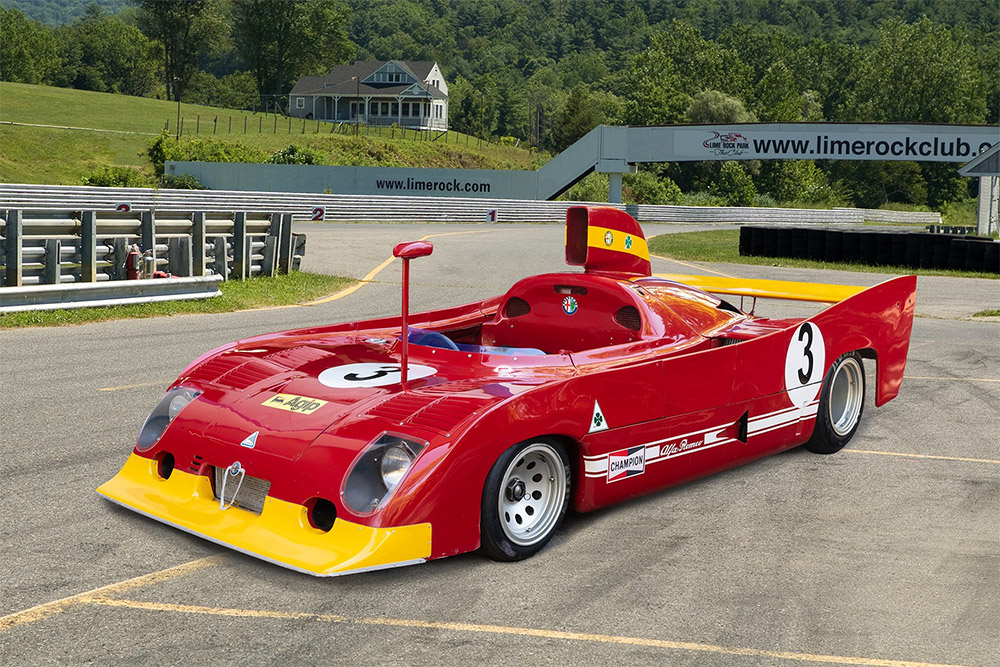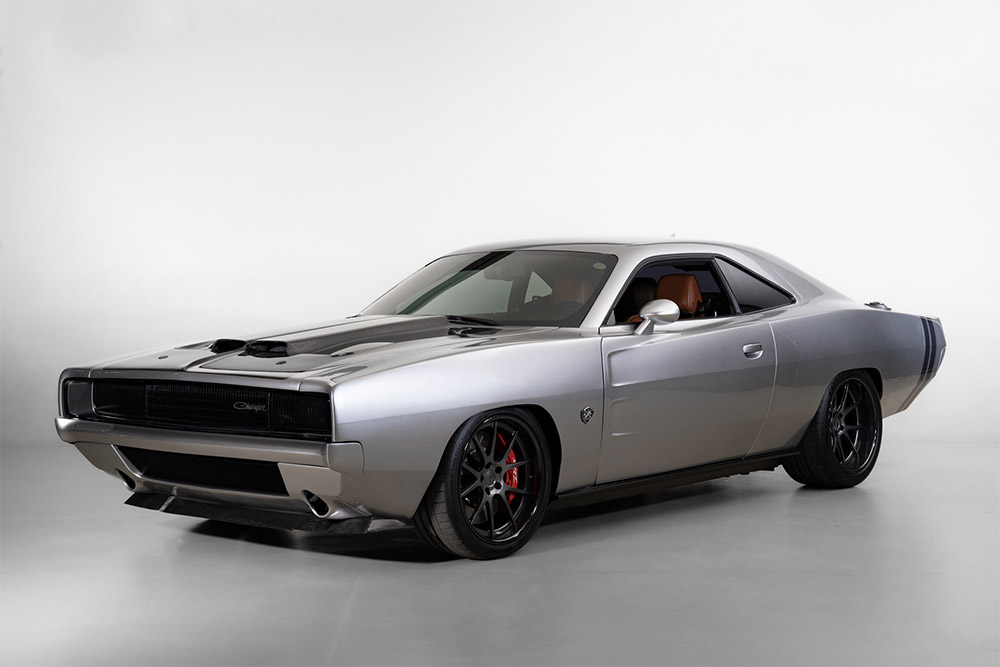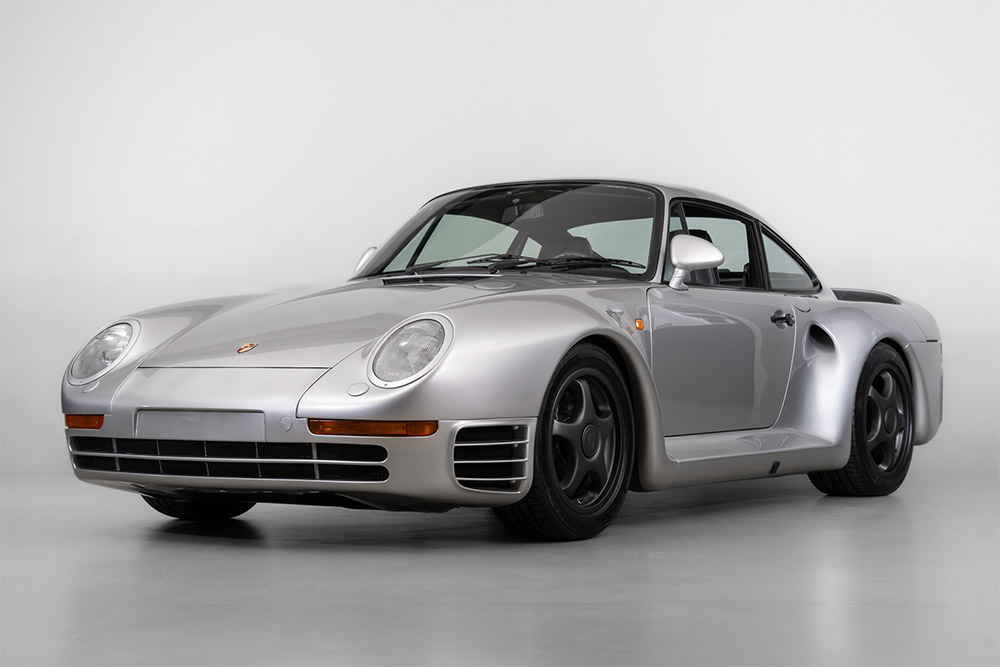1977 Chevrolet Corvette IMSA “SuperVette”
Price: Sold
Contact Information
Vehicle Description
“The most powerful and brutal racing Corvette ever designed.”
- One of only 2 tube frame Corvette chassis built
- Designed by Bob Riley, chassis built by Charlie Selix and Gary Pratt (later Pratt and Miller)
- Aluminum big-block V8 engine with 750+ horsepower
- Concours-level restoration by Canepa to 1978 specifications
- Raced by John Paul Sr. of JLP Racing
- Porsche 935 magnesium brake calipers
- Historic IMSA GTX eligible
With big-block power, visually striking bodywork and with the performance characteristics (and noise) of a rocket ship, IMSA Corvettes were some of the loudest, brash and powerful cars to ever run in the series. This Greenwood “Supervette”, driven by the now infamous John Paul Sr. (JLP Racing), is one of two tube-frame chassis ever built, and was one of the fastest cars in IMSA and a constant threat to its competition. Fully restored by Canepa to its 1978 IMSA specifications, this aluminum big-block tube-frame bruiser designed and built by the pre-Protofab team is the ultimate expression of an IMSA Corvette.
In 1976, the IMSA sanctioning body changed the rules of road racing to allow full tube frame cars to compete in the premier North American Road Racing series. John Greenwood saw a major opportunity to design and build the next generation of racing Corvettes. Designer Bob Riley would engineer the first Greenwood tube frame Corvette, built and entered into competition for the first time in 1977. This Corvette, COV002, is the second and final chassis ever created, designed by Riley and built by the team that would become Protofab.
These tube-frame monsters were no ordinarily-built race cars. The Riley-designed cages and chassis were quite innovative, calling for large and expensive 2” chrome-moly tubing, using extensive triangulation for extreme strength. Chrome-moly, though expensive, is both lighter and stronger than mild steel, which paid major dividends with the completed design. The result was extremely strong and rigid frames that were built to tank-like strength.
With several seasons of racing a Porsche Carrera RSR now under John Paul Sr.’s belt, he was looking to upgrade in a major way and a mega horsepower tube-frame Corvette by Greenwood fit his bill. During the off season between 1977 and 1978, John Paul bought the second tube frame Corvette from the Protofab team after talking with John Greenwood about the potential of the Corvette package. Shortly afterwards, JLP Racing picked up the Riley-designed chassis in Michigan and assembled the car in Lawrenceville, Georgia were JLP Racing housed its home base. In an effort to reduce drag and increase top speed, the design of 002 was changed from the first car and was built with a narrower track and more aerodynamic bodywork, created by John Greenwood’s team.
John Paul’s Corvette was prepped in his own shop and didn’t use the Greenwood powerplants. Instead, he used the big-block all aluminum engines from one of the most recognizable names from Can-Am racing and in power numbers, Don Nichols of Shadow Racing. These bullet-proof aluminum big blocks, left over from the Can-Am days, were built by Lee Muir and reportedly had over 800lb/ft of torque on Shadow’s engine dynos. Armed with Kinsler mechanical fuel injection, the all-aluminum V8 engine was a horsepower monster, extremely capable and often pushing above the 750+ figure. This extra bit of power along with an extremely capable chassis made this Corvette a constant threat to the other competition on the track.
John Paul drove the car in the 1978 IMSA season, the first race being Road Atlanta, competing for overall wins in the premier GTX category. Ongoing research and development were constantly being performed due to the Porsche 935s dominance at the time and the target to beat. John Paul had his best finish with 2nd overall at Hallett. At the end of the 1978 season, JLP retired the Greenwood Supervette after a reasonably successful season of racing with 2 podiums and three top 5 finishes.
John sold the car to Tico Almeida and Rene Rodriguez of T&D Racing, who would race the car together once in 1980. The car appeared in the 1981 Daytona 24 Hours with John Greenwood as the driver, but bad luck would strike and an engine failure ended its ’81 24 Hours.
The 1982 IMSA season produced strong results for the John Greenwood/T&R Racing team. The car ran as #13 with the updated GTO body style the entire season in IMSA’s GTO class with impressive results. However, Porsche competition was fierce and the team retired the car at the end of the 1982 IMSA season.
This Corvette would find its way through a few collectors before arriving at Canepa. Originally purchased for Canepa’s inventory, the decision was made to fully restore the car to its former and proper JLP Racing livery. With the decision to restore the Corvette to IMSA-spec of 1978, the concours-level restoration began on one of the most unique racing Corvettes to ever grace the IMSA series.
The blue fiberglass bodywork was carefully removed and stored away while the majority of the mechanical work was underway. Each and every component was removed from the chrome-moly chassis, labeling and cataloging each item down to the last nut and bolt. Parts needing replating were sent out, pieces needing new paint were addressed and mechanical components needing replacing were fabricated to the highest degree. All mechanical systems were either rebuilt, refinished or replaced to be in better-than-new condition. The all-aluminum 500 cubic inch V8 engine was sent down to Ed Pink Racing Engines where it was completely rebuilt to eke out every horsepower from the former Can-Am era powerplant. Suspension and brake systems were disassembled, crack checked, x-rayed, refinished and brought back to the IMSA-spec of 1978. Unique to this Corvette are the magnesium brake calipers, borrowed from the Porsche 935 in period. New aluminum panels for the chassis were fabricated and powder coated black. With this concours-level restoration, nothing was left untouched.
With the tube-frame chassis now stripped down of all its parts, the entire chassis and body work were then stripped of their remaining paint. Canepa thoroughly addressed any parts of the chassis and body work that needed attention before heading to the body shop. Countless hours were spent on sanding and prepping the chrome-moly tubing for its signature grey metallic paint, which is stunning to see in person. The long and swooping blue body work received the same thoughtful treatment with new bright baby blue paint. The hood and rear wing, the most standout features of the car, were painted bright JLP Racing yellow. Once the frame and body were finished, Canepa’s Motorsport division went to work on reassembling the IMSA Corvette. Over the course of many months, the baby blue IMSA racer began to take shape. With components slowly reinstalled, the car began to take on its original form and return to its former 1978 glory. With all components now assembled onto the car, the final fitment of the bodywork gives the Corvette it’s menacing stance, hiding the trick chassis underneath the sculpted fiberglass body.
This 1977 Chevrolet Corvette, with its astoundingly-innovative chrome-moly chassis, Can-Am era powerplant, driven by JLP’s own John Paul to success in the 1978 season and fully restored to the exacting standards of Canepa, is now the must-have Corvette from the 70’s IMSA era.
Race History
1978
Road Atlanta 5th. John Paul
Laguna Seca 8th. John Paul
Hallett 2nd. John Paul
Lime Rock 3rd. John Paul
Brainerd 34th. John Paul
Daytona 250 51st. John Paul, Michael Keyser
Sears Point 19th. John Paul
Portland 17th. John Paul
Road Atlanta 23rd. John Paul
1978 Manufacturer Champion Camel GT Challenge All-American GT Division
1979
12 hr Sebring 53rd. Tico Almeida, Rene Rodriguez
1980
12 hr Sebring 68th. Tico Almeida, Rene Rodriguez, Gabriel Riano
1981
Daytona 24 hr, DNS John Greenwood
1982
Road Atlanta 14th OA, 9th in GTO, Rene Rodriguez
6 hr Riverside DNF John Greenwood
Laguna Seca 7th OA, 2nd in GTO, Rene Rodriguez
Charlotte DNF John Greenwood
Mid-Ohio 6th OA, 2nd in GTO Rene Rodriguez
Lime Rock 9th OA, 3rd in GTO, Rene Rodriguez
Daytona 250 DNF John Carusso, Rene Rodriguez
Brainerd DNF Rene Rodriguez
Portland DNF Rene Rodriguez
Road Atlanta 5th OA. 1st GTO, Rodriguez, Greenwood
Pocono DNF Rene Rodriguez, John Greenwood
3 hr Daytona DNF Rene Rodriguez, John Greenwood


